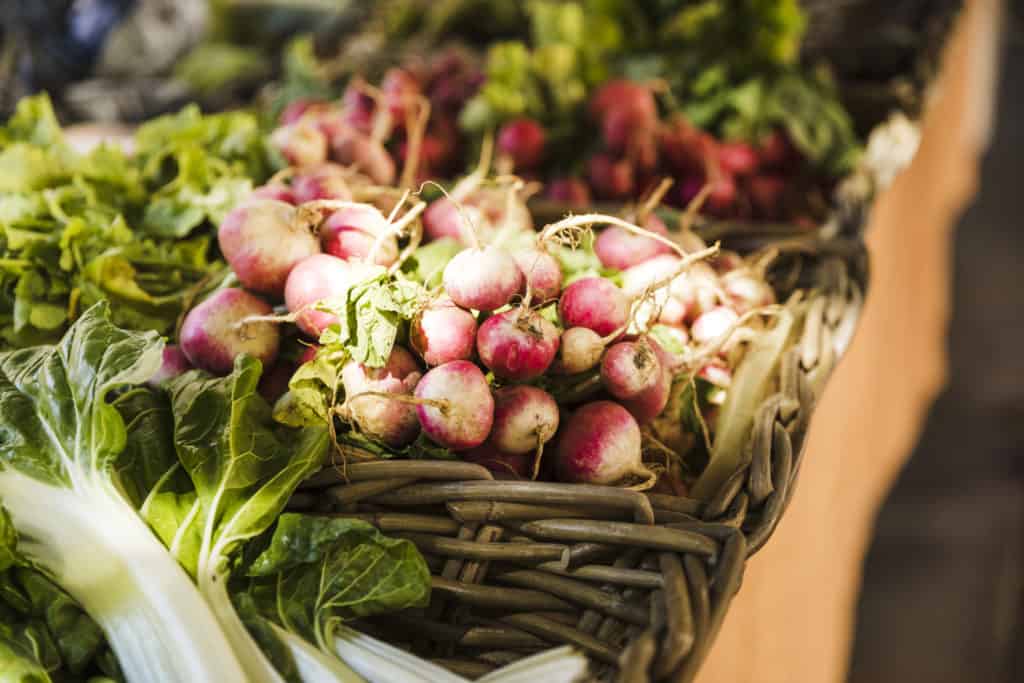
Whether you’re taking advantage of seasonal produce sales at your local grocery store or participating in a local farm’s CSA program, eating in-season produce can save you money. Taking this focus can also help introduce more fruits and vegetables into your diet, which is great for nutrition. Why doesn’t everyone eat this way?
Turnip burnout.
That’s what I call it, anyway. I don’t really like turnips. I can prep and eat one now and then without complaining, because I’m an adult. When my CSA sends me two turnips a week for a solid month, however, my adult composure begins to fracture a little. You have more choice in a grocery store, of course, but if you’re committed to eating seasonally, you can still run into repetition, or the need to eat produce that isn’t high on the favorites list.
How do you make seasonal eating work?
Stick with the Kitchen Smarts posts this month: we’re going to go into detail on these ideas. For now, here’s a quick glance at some of the ways you can enjoy the bounty and cost-savings of seasonal eating without falling prey to turnip burnout.
Preserve
When you get a windfall of a single kind of produce, you’ve got two options: eat it until you hate it, or preserve some of it for later. In terms of labor, nutrition, and food safety, not all preservation methods are created equal. Drop by next week to look at ways to preserve your food quickly while maintaining high nutrition.
Experiment
I’m not going to speak to turnips, because I have work to do on making peace with that particular vegetable, but let’s use kale as an example. Steamed kale two weeks straight will drive even the biggest kale-lover to weep. If that’s the only way you know how to cook it and you get stuck in the rut, kale season is gonna be rough. Kale, however, can be used in smoothies, soups, salads, stir-fries, casseroles, and more. Most fruits and veggies do have some level of flexibility in their use cases. The trick to enjoying the bounty is to use it to inspire an expansion of your cooking skills.
Swap
Maybe your grocery store was running a special on corn that required you to buy a dozen ears to get them cheap. Maybe your neighbor’s garden is bursting with zucchini. Maybe another neighbor’s CSA is giving out extra sauce tomatoes that are a little on the soft side. None of these big batches of produce provides much of a meal along, but if you can trade a bit, you might be able to eat cheaply and seasonally in a way that involves less time spent planning for the future.